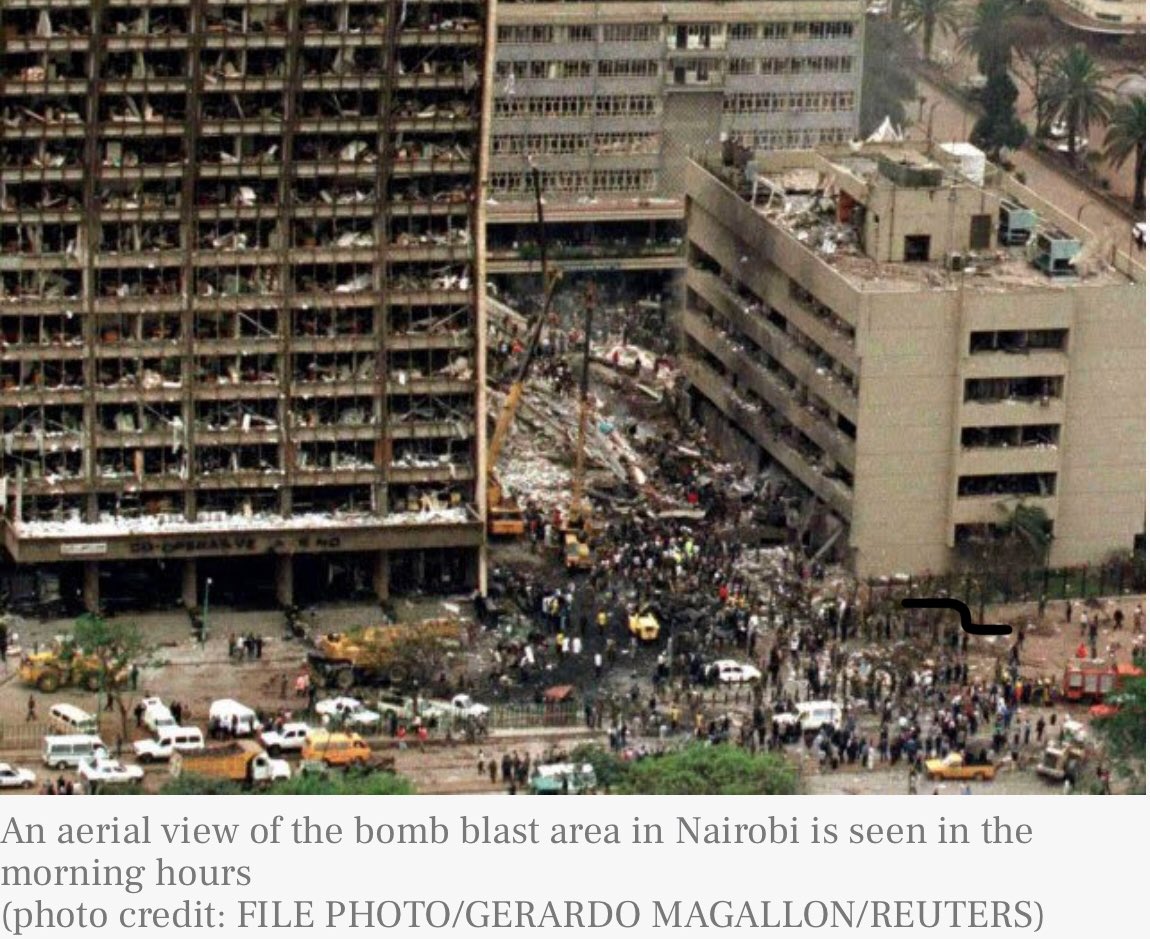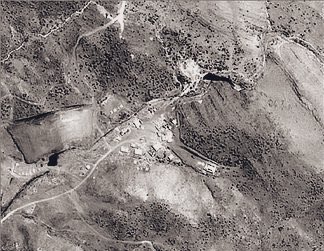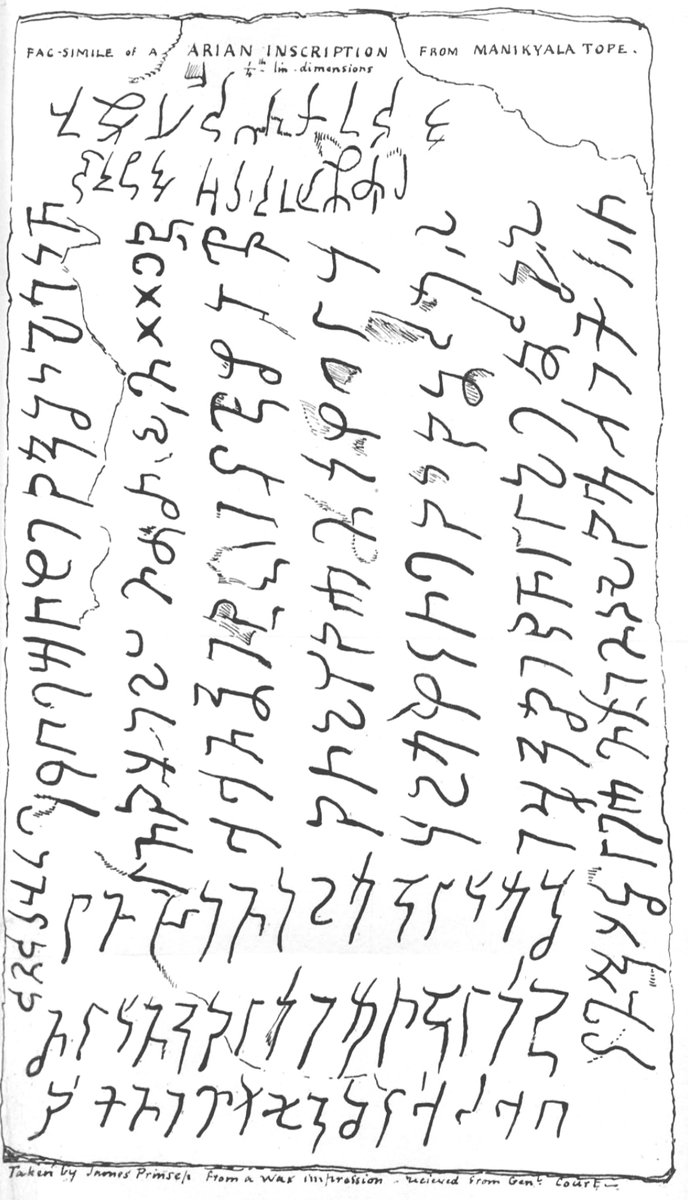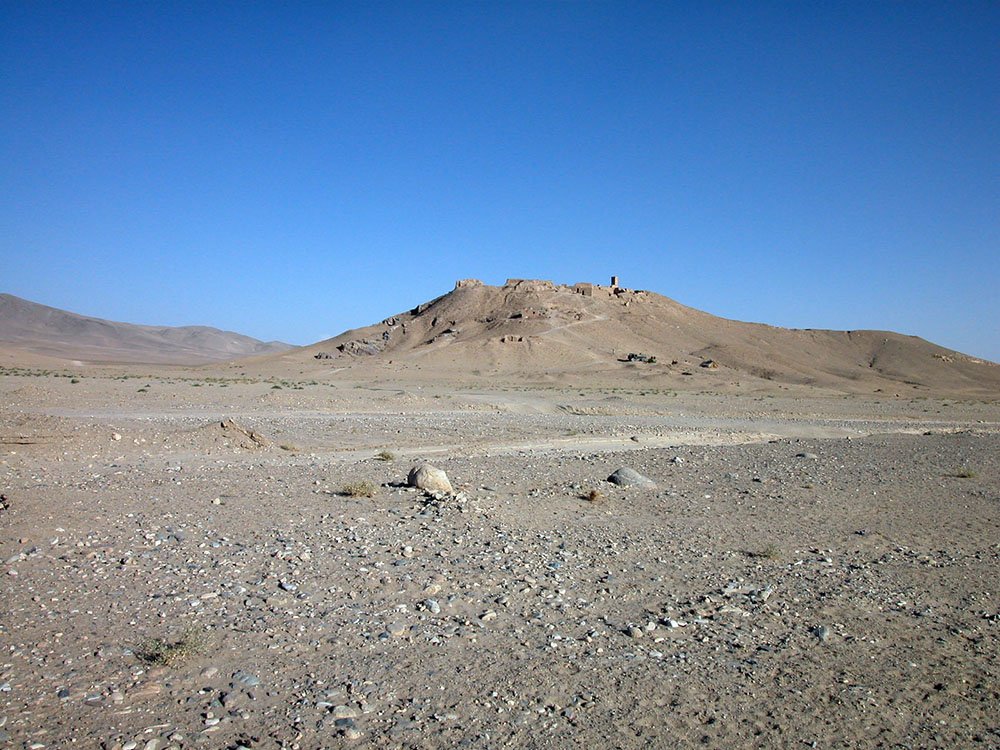
(1/12) Thread on sources for further reading for the 1979-1996 period (give or take). The entire bibliography for my book is available online at kellyjshannon.com/bibliography/. Here are a few sources drawn from that. This list is certainly NOT exhaustive, and my book was published in
(2/12) Nov. 2017, so this does not include the books and articles published since about 2016 (when I completed the final draft of my book). I've moved on to a new project on Iran and haven't been keeping up as much with the new literature on Afghanistan, so feel free to tweet
(3/12) suggestions of good scholarship that I have left out of these tweets! These are just a few sources to get you started.
Some primary sources: Latifa, written with the collaboration of Shekeba Hachemi. My Forbidden Face: Growing Up Under the Taliban: A Young Woman’s...
Some primary sources: Latifa, written with the collaboration of Shekeba Hachemi. My Forbidden Face: Growing Up Under the Taliban: A Young Woman’s...
(4/12) Story (2001). barnesandnoble.com/w/my-forbidden…
“Sulima” and “Hala.” Behind the Burqa: Our Life in Afghanistan and How We Escaped to Freedom (2002), amazon.com/dp/B00DNL38KW/…
Zoya, with John Follain and Rita Cristofari. Zoya’s Story: An Afghan Woman’s Struggle for Freedom (2002)...
“Sulima” and “Hala.” Behind the Burqa: Our Life in Afghanistan and How We Escaped to Freedom (2002), amazon.com/dp/B00DNL38KW/…
Zoya, with John Follain and Rita Cristofari. Zoya’s Story: An Afghan Woman’s Struggle for Freedom (2002)...
(5/12) amazon.com/Zoyas-Story-Af…
Fiction (novels & film):
Osama. Dir. by Siddiq Barnak, 2003, amazon.com/Osama-English-…
and Khaled Hosseini's two excellent novels, The Kite Runner and A Thousand Slendid Suns, amazon.com/Kite-Runner-Kh… and amazon.com/Thousand-Splen…
Fiction (novels & film):
Osama. Dir. by Siddiq Barnak, 2003, amazon.com/Osama-English-…
and Khaled Hosseini's two excellent novels, The Kite Runner and A Thousand Slendid Suns, amazon.com/Kite-Runner-Kh… and amazon.com/Thousand-Splen…
(6/12) Scholarly Books and Articles:
William Maley, ed., Fundamentalism Reborn? Afghanistan and the Taliban (1998), nyupress.org/9780814755860/…
Anne E. Brodsky, With All Our Strength: The Revolutionary Association of the Women of Afghanistan (2003), taylorfrancis.com/books/97802035…
William Maley, ed., Fundamentalism Reborn? Afghanistan and the Taliban (1998), nyupress.org/9780814755860/…
Anne E. Brodsky, With All Our Strength: The Revolutionary Association of the Women of Afghanistan (2003), taylorfrancis.com/books/97802035…
(7/12) Melody Ermachild Chavis, Meena: Heroine of Afghanistan (2003), amazon.com/Meena-Heroine-…
Coll, Steve. Ghost Wars (2004) - Winner of the Pulitzer Prize, amazon.com/dp/B000P2A43Q/…
Coll, Steve. Ghost Wars (2004) - Winner of the Pulitzer Prize, amazon.com/dp/B000P2A43Q/…
(8/12) Peter Tomsen, The Wars of Afghanistan (2011), amazon.com/Wars-Afghanist…
George Crile, Charlie Wilson's War (2003), amazon.com/Charlie-Wilson…
Hafizullah Emadi, Repression, Resistance, and Women in Afghanistan (2002), amazon.com/Repression-Res…
Goodson, Larry. Afghanistan’s...
George Crile, Charlie Wilson's War (2003), amazon.com/Charlie-Wilson…
Hafizullah Emadi, Repression, Resistance, and Women in Afghanistan (2002), amazon.com/Repression-Res…
Goodson, Larry. Afghanistan’s...
(9/12) Endless War (2001), uwapress.uw.edu/book/978029598…
Zubeda Jalalza & David Jefferess, eds., Globalizing Afghanistan: Terrorism, War, and the Rhetoric of Nation Building (2011), dukeupress.edu/Globalizing-Af…
Sonali Kolhatkar & James Ingalls, Bleeding Afghanistan (2006)...
Zubeda Jalalza & David Jefferess, eds., Globalizing Afghanistan: Terrorism, War, and the Rhetoric of Nation Building (2011), dukeupress.edu/Globalizing-Af…
Sonali Kolhatkar & James Ingalls, Bleeding Afghanistan (2006)...
(10/12) amazon.com/Bleeding-Afgha…
Ralph H. Magnus, “Afghanistan in 1996: Year of the Taliban.” Asian Survey 37, no. 2 (February 1997): 111-117, as.ucpress.edu/content/37/2/1…
Mahmood Mamdani, Good Muslim, Bad Muslim: America, the Cold War, and the Roots of Terror (2004)...
Ralph H. Magnus, “Afghanistan in 1996: Year of the Taliban.” Asian Survey 37, no. 2 (February 1997): 111-117, as.ucpress.edu/content/37/2/1…
Mahmood Mamdani, Good Muslim, Bad Muslim: America, the Cold War, and the Roots of Terror (2004)...
(11/12) amazon.com/gp/product/038…
Ahmed Rashid, Taliban (2000), yalebooks.yale.edu/book/978030016…
Ahmed Rashid, Jihad (2002), yalebooks.yale.edu/book/978030009…
Barnett Rubin, The Fragmentation of Afghanistan (1995), yalebooks.yale.edu/book/978030009…
Amin Saikal & William Maley, Regime Change in...
Ahmed Rashid, Taliban (2000), yalebooks.yale.edu/book/978030016…
Ahmed Rashid, Jihad (2002), yalebooks.yale.edu/book/978030009…
Barnett Rubin, The Fragmentation of Afghanistan (1995), yalebooks.yale.edu/book/978030009…
Amin Saikal & William Maley, Regime Change in...
(12/12) Afghanistan (1991), amazon.com/Regime-Change-…
and last but certainly not least:
Odd Arne Westad, The Global Cold War (2007), cambridge.org/us/academic/su…
I'll post more suggestions later in the week for sources on the Clinton period and after. Enjoy!
- KJS @TheGingerProf
and last but certainly not least:
Odd Arne Westad, The Global Cold War (2007), cambridge.org/us/academic/su…
I'll post more suggestions later in the week for sources on the Clinton period and after. Enjoy!
- KJS @TheGingerProf
• • •
Missing some Tweet in this thread? You can try to
force a refresh





















